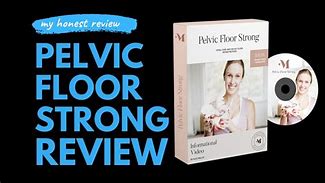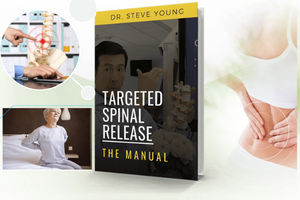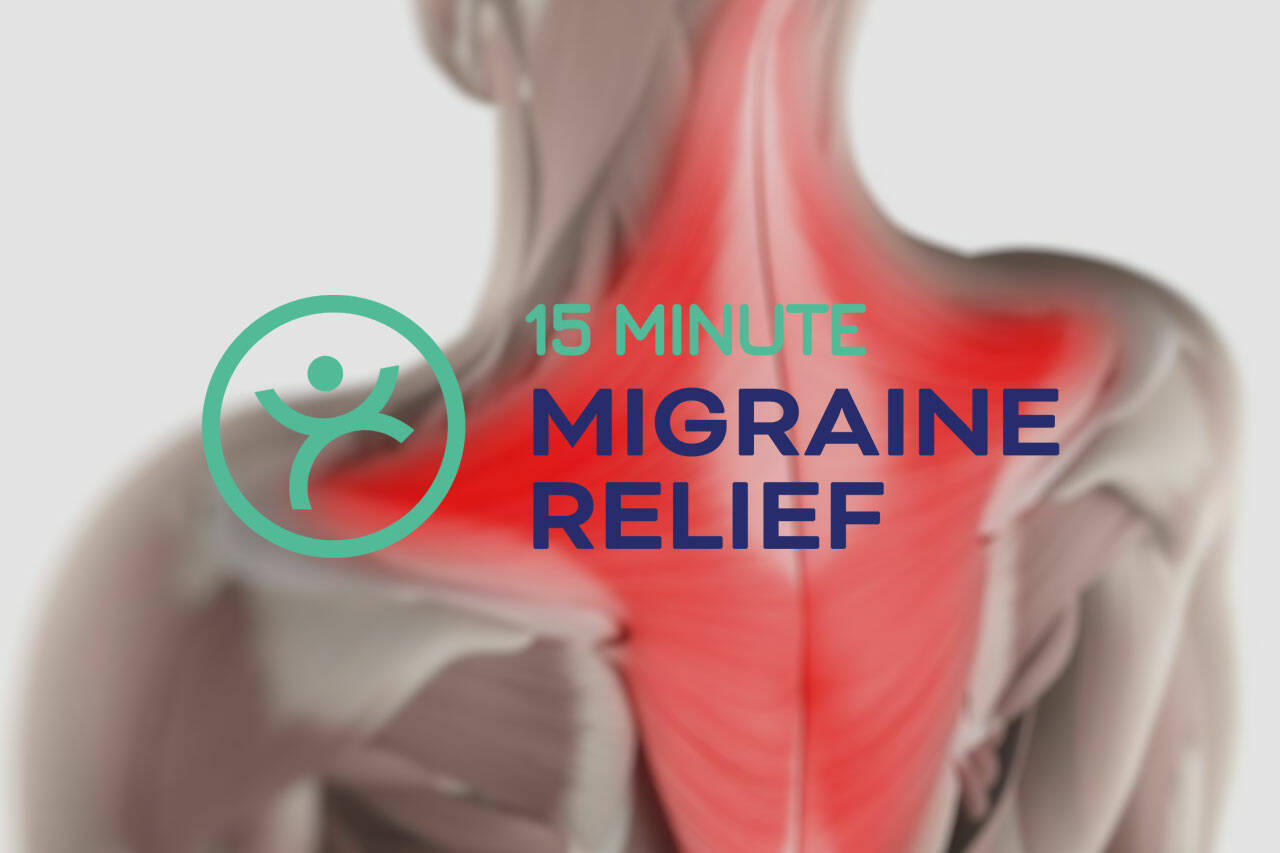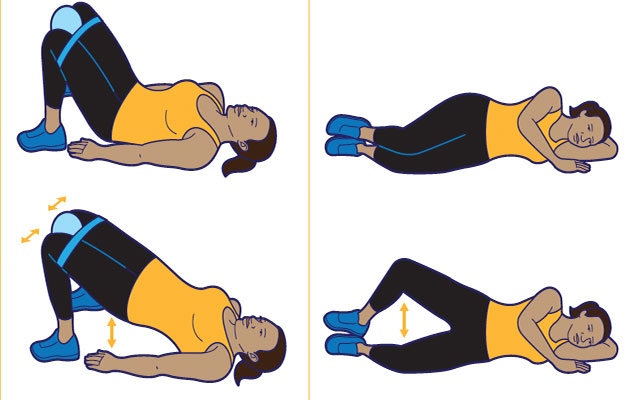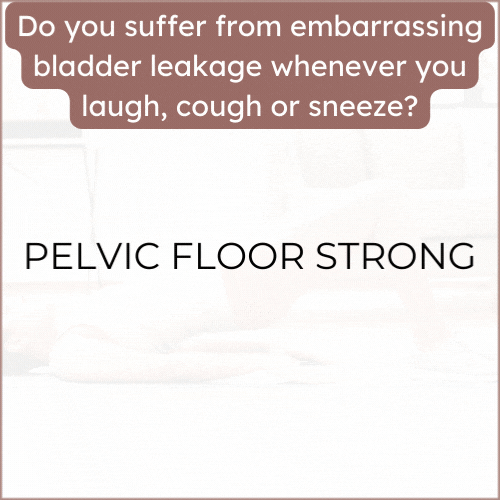7 Tips To Reduce Female Orgasmic Dysfunction
Orgasmic dysfunction in women refers to the inability to achieve sexual climax, having unsatisfying orgasms, or taking longer than normal to reach climax. If you are experiencing these symptoms, here are 7 tips that may help reduce female orgasmic dysfunction:
- Communicate with your partner: Open and honest communication with your partner can help improve your sexual experience. Talk about your desires, what feels good, and what doesn't.
- Explore your body: Knowing your own body and what feels good can help you guide your partner during sexual activity. Take the time to explore your body on your own and communicate what you discover with your partner.
- Try different positions: Changing positions during sex can increase stimulation and may help you reach orgasm. Experiment with different positions to find what works best for you.
- Use lubrication: Vaginal dryness can make sex uncomfortable and may contribute to orgasmic dysfunction. Using a water-based lubricant can help reduce discomfort and improve sexual satisfaction.
- Practice relaxation techniques: Stress and anxiety can interfere with sexual pleasure. Practice relaxation techniques, such as deep breathing or meditation, to reduce stress and increase relaxation.
- Consider hormone therapy: For postmenopausal women with low testosterone levels, testosterone replacement therapy may improve sexual arousal and orgasms. Similarly, localized estrogen therapy can improve vaginal tone, elasticity, blood flow, and lubrication.
- Talk to a healthcare provider: If you are experiencing persistent orgasmic dysfunction, talk to your healthcare provider. They can help identify any underlying medical conditions and recommend appropriate treatments. Additionally, certain medications, such as bupropion or sildenafil, may be effective in treating sexual dysfunction in women.
In summary, reducing female orgasmic dysfunction may involve communication with your partner, exploring your body, trying different positions, using lubrication, practicing relaxation techniques, considering hormone therapy, and talking to a healthcare provider.










